Two teens from Texas may have just discovered the solution to our dangerous microplastic pollution epidemic.
Alarming microplastics pollute our Earth and scientists are looking for innovative ways to filter them so that they do not affect our environment and humans and animals do not ingest them. A recently-unveiled device invented by two teens may be just the answer.
Who are the Two Young Scientists?

The two teen scientists are Victoria Ou and Justin Huang of Texas. They are both 17 and have been friends since elementary school.
The two friends are intelligent student scientists that are both concerned about environmental issues.
Getting Inspiration
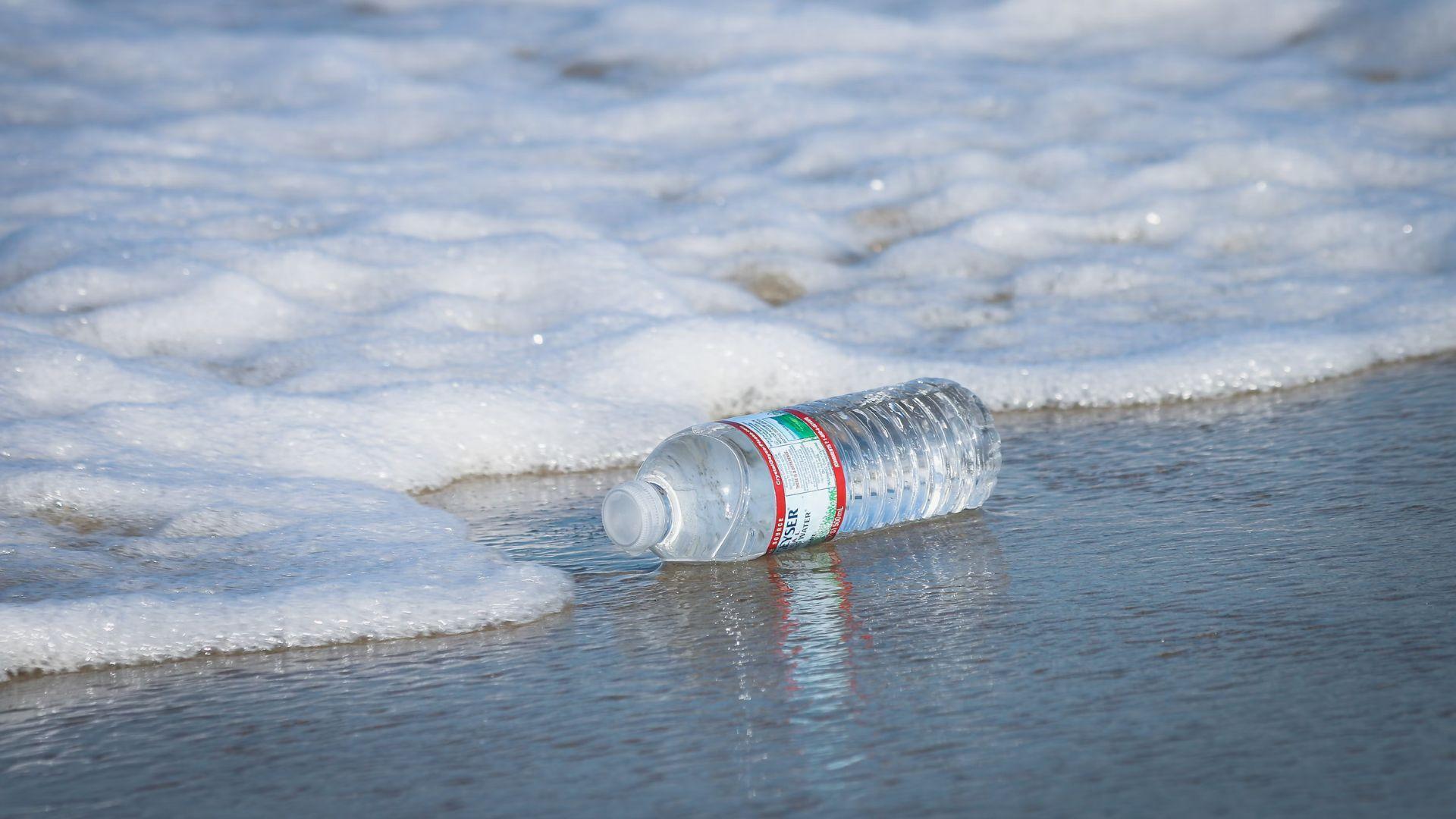
After a visit to a water treatment plant, the two environmentally-conscious teenagers realized that they wanted to help the Earth’s environment in a tangible way.
At the water treatment plant, they discovered that the Environmental Protection Agency doesn’t regulate microplastics. This means that dangerous microplastics are in our water.
What Are Microplastics?
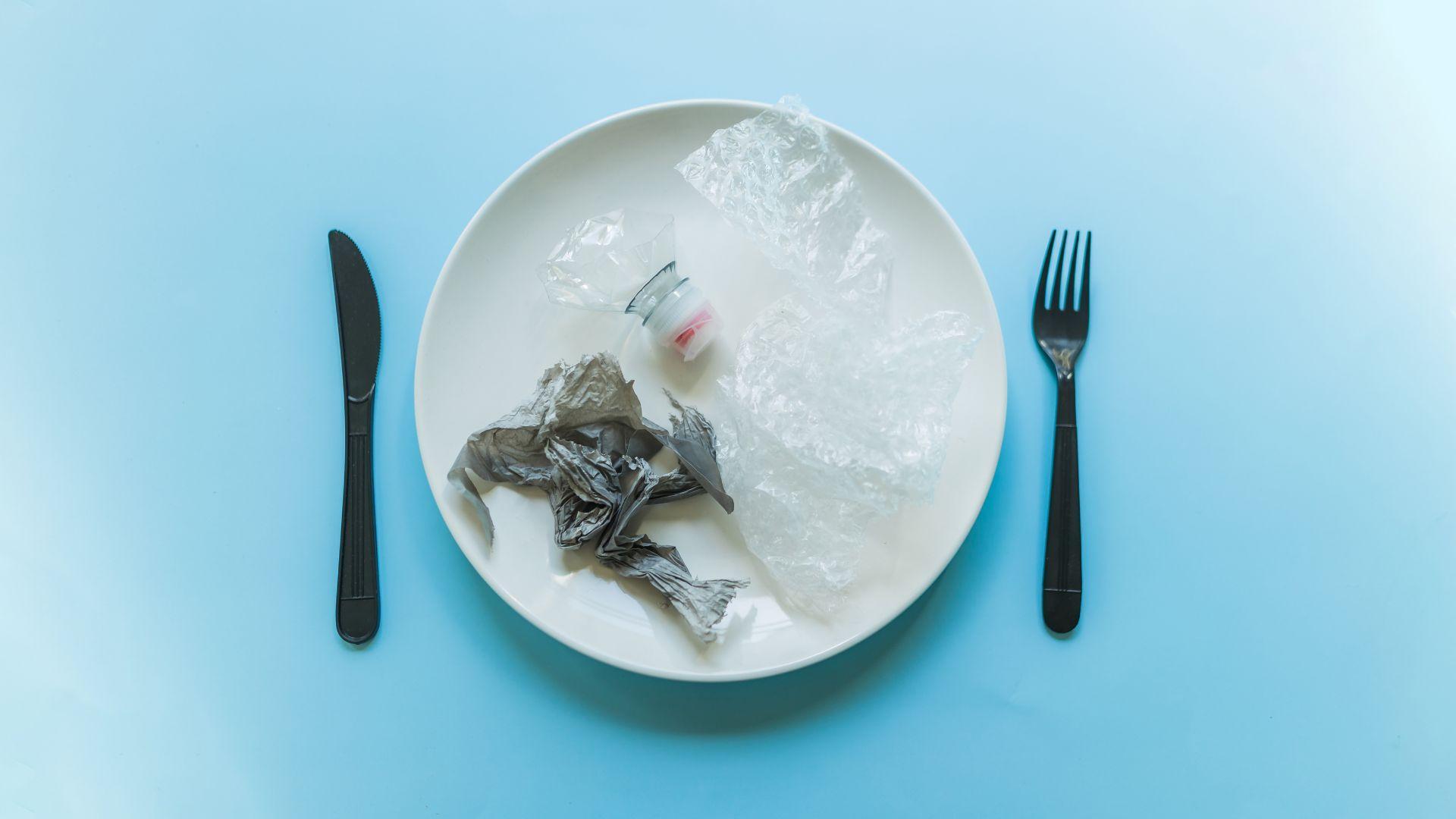
Microplastics are, essentially, extremely tiny pieces of plastic. They are often undetectable at five millimeters or less in length, so it is difficult to remove them from food, water, and the Earth in general.
A study from Australia’s University of Newcastle discovered that the average person ingests a credit card’s worth of plastic every week due to microplastics. This is not good at all for our health.
The Dangers of Microplastics

Experts believe that microplastics have a large negative impact on our health. These dangerous tiny particles are linked to cancer, dementia, reproductive disorders, and organ diseases.
Microplastics are found everywhere on Earth. Microplastics have been found in the ocean, on the highest mountain peaks, and also—perhaps most concerningly—in our drinking water.
A Necessary Solution
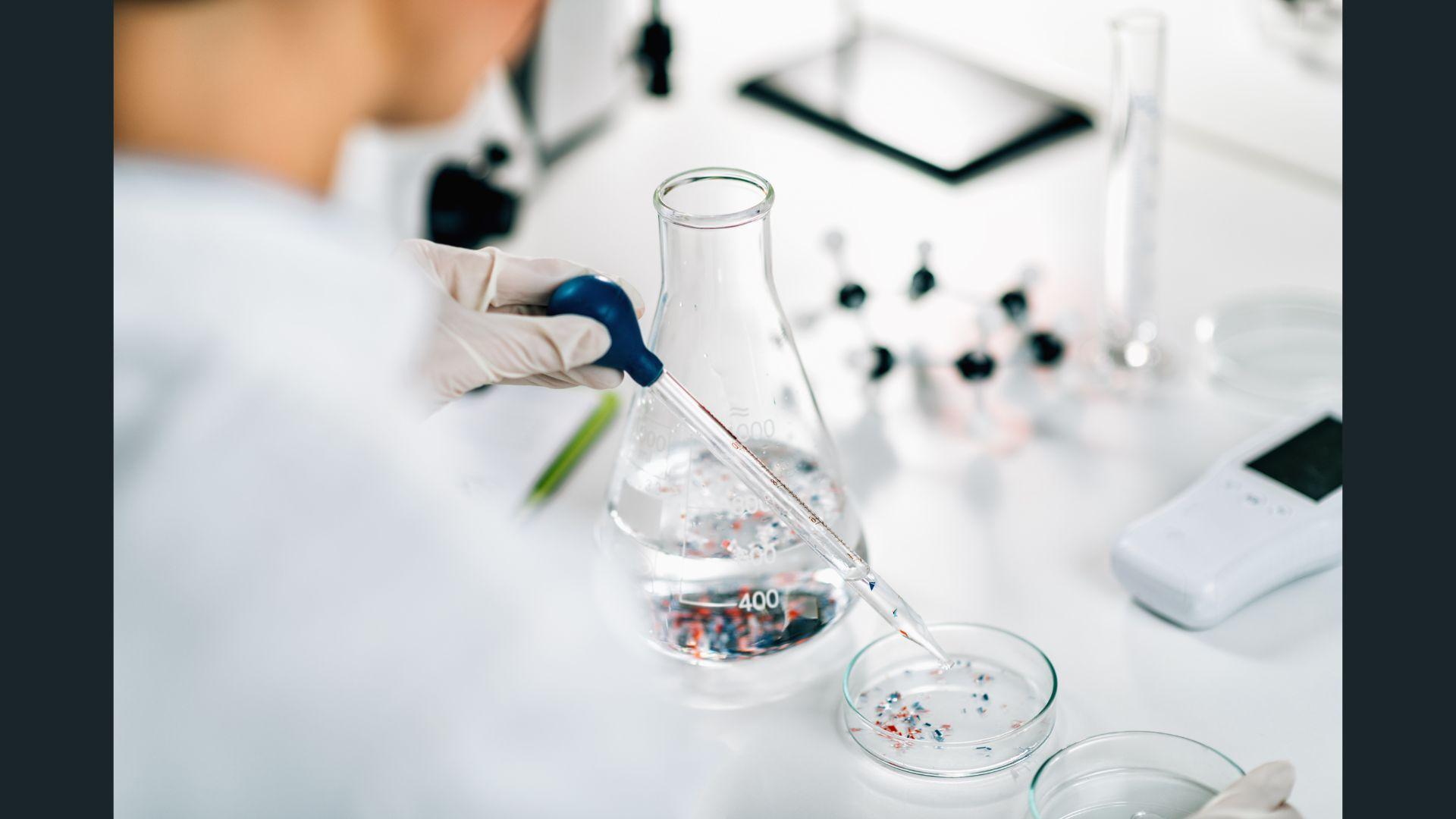
Unfortunately, there is not currently an adequate way to remove microplastics that have the potential of being ingested by people and animals. The two teens were determined to find that solution.
Huang said, “We wanted to find a solution to this [problem] because current solutions aren’t really effective.” According to Huang, any current microplastic removal methods have limitations. They are extremely costly and have the potential for contamination.
Ultrasound Technology
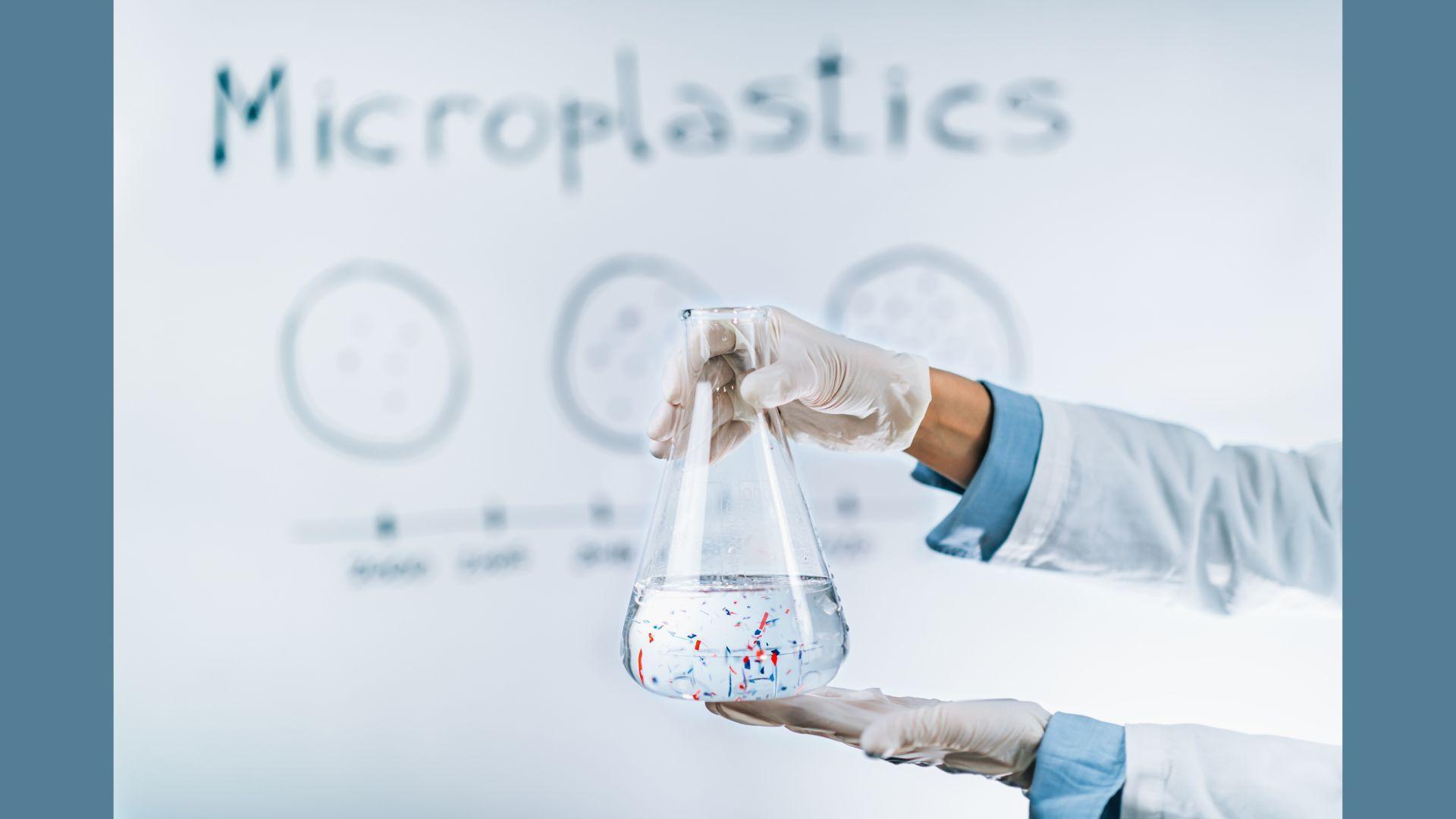
Ou and Huang brainstormed many ideas that could safely and effectively remove microplastics from water. In order to achieve their goal, they used ultrasound wave technology.
In their filtering device, ultrasound waves push back microplastics while allowing water to flow through. According to a news release from the Society for Science, their method eliminated 84-94% of microplastics.
Revealing Their Device

Ou and Huang revealed their ultrasound-using, microplastic-filtering device at the Regeneron International Science and Engineering Fair in Los Angeles in May.
After showcasing their ultrasonic microplastic filter at the fair, the pair won $50,000 from the Gordon E. Moore Award for Positive Outcomes for Future Generations.
Scaling It Up
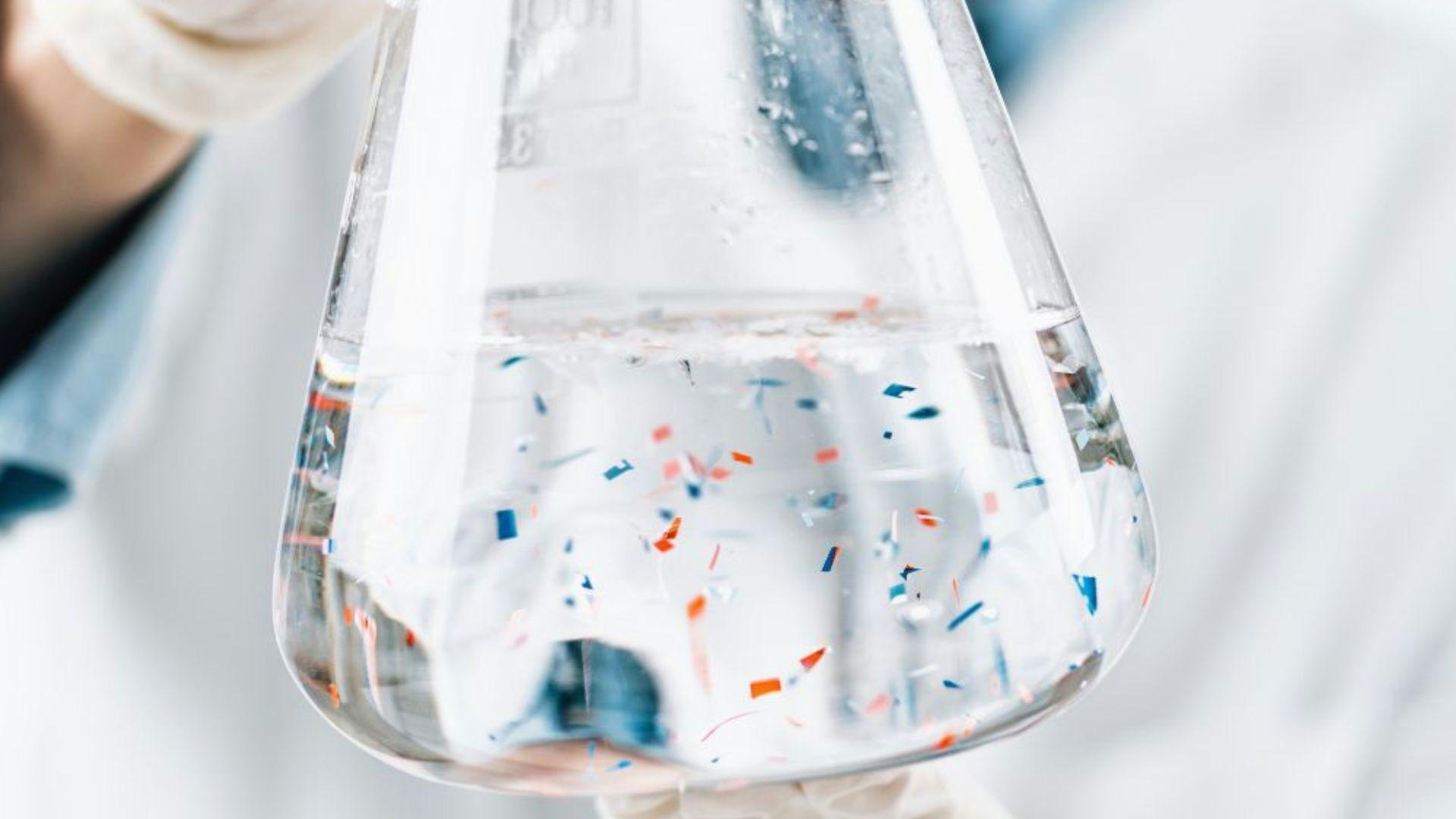
Huang and Ou hope to eventually use their experiences with the experimental device to create a large-scale filtering method. Huang admitted that this might be difficult and said, “I hope we just are able to be able to scale this up.”
Ou acknowledged that there has been a previous ultrasound study that also didn’t filter 100% of microplastics. Therefore, they will have to do more experiments and research. Huang said that “we have to refine [the method] because this technology is still at its infancy.”
A Future Free of Microplastics

As scientists like Huang and Ou attempt to find a microplastic-filter solution, businesses and consumers are working to reduce their use of plastic generally.
By limiting our plastic use and finding ways to filter dangerous microplastics from the environment, we will be able to live a healthier life on planet Earth.

